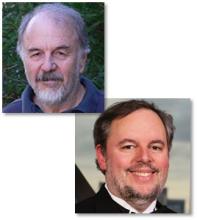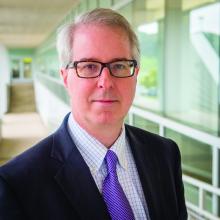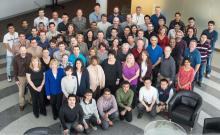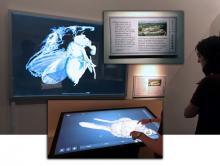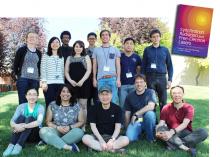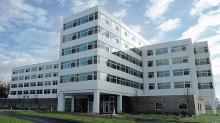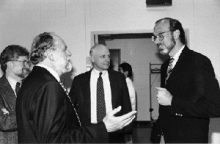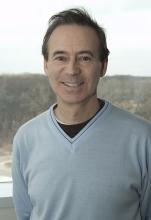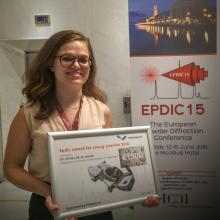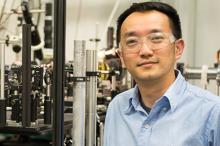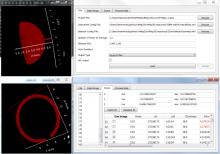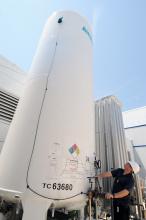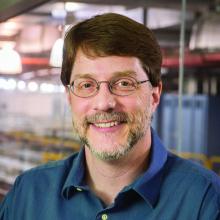News Feed - APS/User News
Two users of the APS were named “Breakthrough Prize” winners in life sciences.
The 2017 National School on Neutron & X-ray Scattering will be held on August 5-August 19, 2017, at the APS and the ORNL Spallation Neutron Source and High Flux Isotope Reactor.
Spring is always a busy time at Argonne and the Advanced Photon Source, with various reviews, and this season has been especially jam-packed at the APS Upgrade (APS-U).
Access to Center for Nanoscale Materials capabilities is free for non-proprietary work. Fully one-third of CNM’s users have taken advantage of at least one APS beamline.
Results from research on the Tully monster and amber pieces carried out at the APS are featured in a new exhibit in Chicago’s Field Museum of Natural History.
Kwang-Je Kim and Ryan Lindberg, and Zhirong Huang of SLAC are co-authors of a new textbook, "Synchrotron Radiation and Free-Electron Lasers: Principles of Coherent X-Ray Generation."
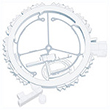
Registration for the 2017 APS/CNM Users Meeting is open! Please note that the late-registration rate begins on April 22.
The Argonne Guest House will be closed beginning on August 29, 2016; the Restaurant will close beginning on August 30. Both will reopen on September 5, 2016.
Edward A. Stern, Professor Emeritus, University of Washington, and founding Director of the Pacific Northwest Consortium Collaborative Access Team at Sector 20 of the APS, passed away on May 17, 2016.
After six years of service as Director of the Accelerator Systems Division at the APS, Sasha Zholents has asked to transition from his management role to a full-time research role.
It’s hard to believe that this year is already half over. The past six months have seen a whirlwind of activity and accomplishment here at the APS Upgrade Project.
A new study by researchers using the APS reveals the molecular structure of a protein produced by the Zika virus thought to be involved in the virus's reproduction and with the immune system.

Since the construction of the 2-ID beamline, the µ-XRD community has been very productive and has made significant technical and scientific contributions at 2-ID.
APS user Kirsten Jensen (U. Copenhagen) given the European Powder Diffraction Conference Award for Young Scientists.
Haidan Wen of the APS received a DOE Early Career Award, which bolster the nation’s scientific workforce by providing support to exceptional researchers during the crucial early career years.

An internal review of first-generation personnel safety systems at the APS resulted in an upgrade path for the 44 beamlines utilizing the generation 1 systems.
The impressive variety of world-leading techniques performed at the APS coupled with the facility’s diverse user-base naturally leads to a demand for a variety of different software tools.
The upgrade of APS liquid nitrogen distribution system (LNDS) is almost complete, making it more robust than it has ever been and further improving the availability of x-rays to APS users.

What are user agreements? How do they affect users? What are the differences between the types of agreements? How are agreements administered? This information will help answer those questions.
These Director’s Corners are usually an opportunity to share good news (and there is plenty of that; see Stuart Henderson’s APS Upgrade report for news on BESAC prioritization of the Upgrade). But this time I would like to concentrate on safety, because nothing – nothing – is more important than the safety of our users, resident users, and staff.

